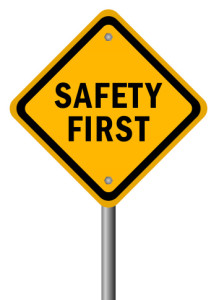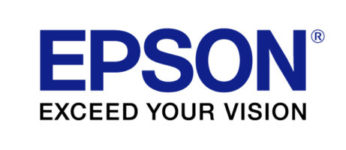Around the time it was officially introduced, we wrote about the important changes that had taken place to the hazard labeling system in Canada. The Workplace Hazardous Materials Information System (WHMIS) has recently been updated and is now called: WHMIS 2015. It is now aligned with the Globally Harmonized System of Classification and Labelling of Chemicals (GHS).
In other words, elements of GHS have been integrated with the old WHMIS to form WHMIS 2015. As a result there are new standardized: label requirements, classification criteria, and safety data sheet (SDS) requirements (formerly material safety data sheet).
Arkadi Bojaršinov / iStock
Aligning with GHS – The Benefits
“Aligning with GHS provides many benefits, including:
- Hazard classification criteria are more comprehensive which improves ability to indicate severity of hazards.
- New hazard classes are included.
- Physical hazard criteria are consistent with the Transport of Dangerous Goods (TDG regulations).
- Standardized language (hazard and precautionary statements).
- Standardized SDS format and more comprehensive requirements.”
WHMIS 2015 is Officially “In Force”
WHMIS 2015 is officially “in force” meaning: “suppliers may begin to use and follow the new requirements for labels and safety data sheets (SDSs) for hazardous products sold, distributed, or imported into Canada.”
Moving From CPR to HPR
The CPR has been replaced with the HPR:
“[…] the WHMIS requirements for hazard classification and communication set out in the Controlled Product Regulations (CPR) and the Ingredient Disclosure List repealed and replaced with new regulations, the Hazardous Products Regulations (HPR).”
There is a Transition Period for WHMIS 2015
Depending on whether you are a supplier (including: a manufacturer and/or importer, or a distributor) or an employer, different deadlines are set in place – with three distinct phases. You can find the transition phases chart here.
Supplier Must Comply with One or the Other
“At the outset of the transition period, the supplier must fully comply with either the repealed Controlled Products Regulations (WHMIS 1988) or the HPR (WHMIS 2015) for a specific controlled or hazardous product. The classification, label and (material) SDS must comply fully with the specific regulation chosen by the supplier, and not be a combination of the two.”
Canadian Requirements are Distinct
Keep in mind that Canadian requirements are distinct from others:
“An (M)SDS and label that is compliant with the U.S. Hazard Communication Standard(2012) may not be sufficient for compliance in Canada. Suppliers and employers must be compliant with the Canadian requirements.”
Responsibilities for Employers, Workers, and Suppliers
Responsibilities are essentially the same and can be found here.
Helpful Links and Resources Relating the WHMIS 2015
- You can sign up for the WHMIS mailing list to stay up to date here.
- Training for the new WHMIS 2015 can be found here.
- Learn more about WHMIS 2015: Pictograms, Labels, Hazard Classes and Categories, Safety Data Sheets (SDSs), and Education and Training here.
- Fact Sheets about WHMIS 2015 can be found here.









 Help Desk Service – Contact us Between the Hours of 7:30 – 4:00 (MST)
Help Desk Service – Contact us Between the Hours of 7:30 – 4:00 (MST)